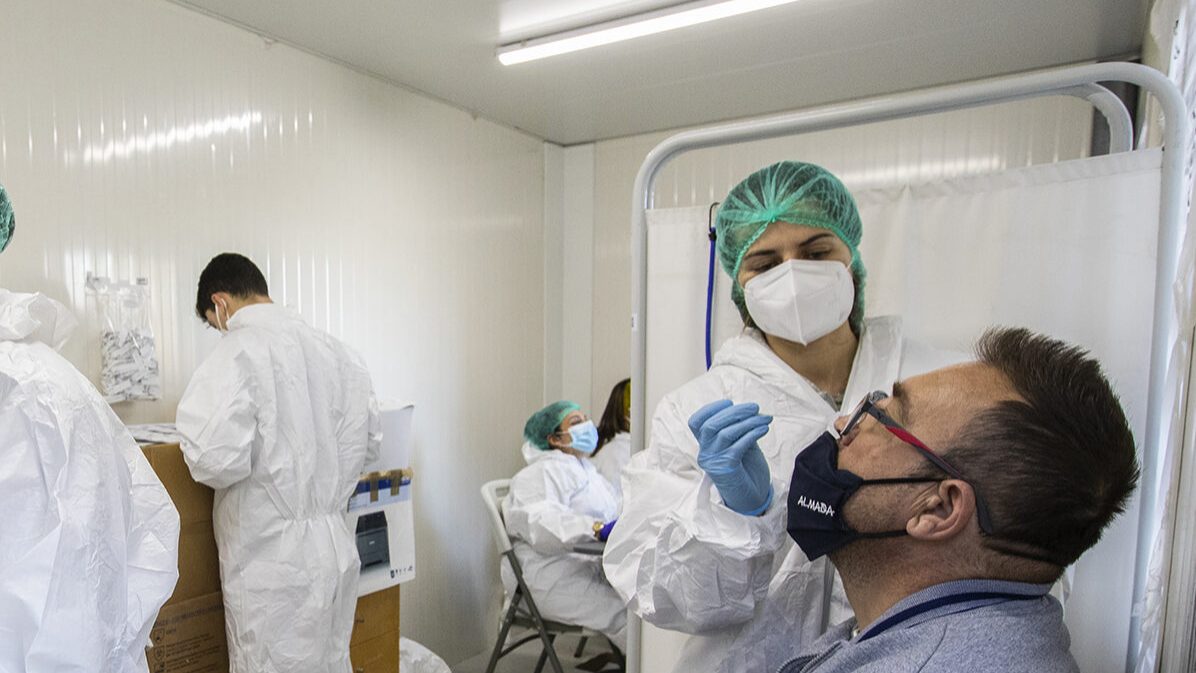10 more Monkeypox cases confirmed in Portugal, total now 153
In a statement, the DGS said that most of the infections confirmed by the INSA were notified in Lisbon and Tagus Valley and there are also records of cases in the North and Algarve regions.
Portugal on Monday has registered 10 more cases of infection by the Monkeypox virus, totaling so far 153 cases of infected men who are clinically stable, confirmed the national health authority, DGS.
In a statement, the DGS said that most of the infections confirmed by the National Health Institute Doutor Ricardo Jorge (INSA) were notified in Lisbon and Tagus Valley and there are also records of cases in the North and Algarve regions.
“All confirmed infections are in men between 19 and 61 years old, and most are under 40 years old”, the DGS said, assuring that the cases identified “remain under clinical follow-up, and are stable”.
According to the DGS, the information collected through epidemiological surveys is being analysed to contribute to the assessment of the outbreak at national and international level.
The World Health Organisation (WHO) announced on Sunday that a total of 780 laboratory-confirmed cases of infection with the Monkeypox virus have been registered in 27 countries where the disease is not endemic, a number that the organisation admits is “probably underestimated”.
Monkeypox, from the family of the virus that causes smallpox, is transmitted from person to person through close contact with injuries, body fluids, respiratory droplets and contaminated materials.
Recently, the DGS published a guideline defining the clinical and epidemiological approach to cases of human infection by Monkeypox virus, foreseeing that suspected situations should be rapidly referred for medical observation and that asymptomatic contacts can continue to maintain their daily routines, not requiring isolation.
This is the first time that an outbreak of the VMPX virus has been detected in Portugal, in a context of cases being reported by several countries since the beginning of May.
The incubation period varies between five and 21 days, being on average six to 16 days and the symptoms start with fever, headache, asthenia, myalgia or adenomegaly, followed by the appearance of exanthema (rash).


